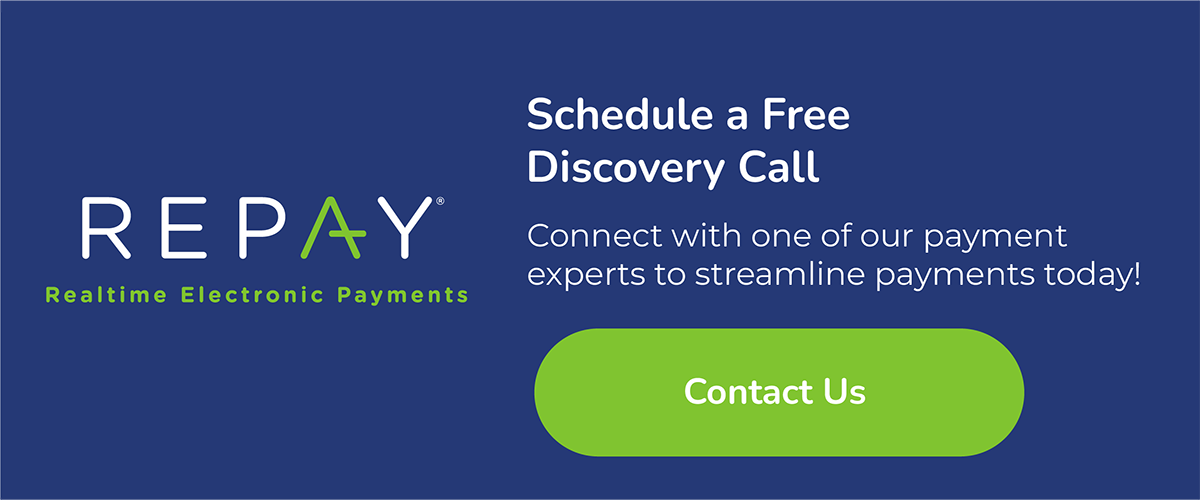Customer expectations and demands constantly change. We live in a digital age where customers value seamless, convenient and flexible experiences that allow them to pay wherever they are and however they want. According to McKinsey, over three-quarters of Americans use digital payments, including contactless in-store purchases, browser or in-app online payments and person-to-person payments.
Whether paying online, in-person or even on social media, businesses must provide options that simplify the customer experience. Omni-channel payment processing makes this possible by offering different methods of collecting payments—from contactless and recurring payments to ACH and cash—all consolidated within the same system. To accomplish this you might use, for example, one payment provider to accept all payments and their cloud-based portal to handle settlement and batch management.
By offering multiple payment channels under one provider, you can deliver customers a consistent and reliable experience while eliminating friction.
What are the types of payment methods, or channels?
There are two types of card transactions: card-not-present and card-present.
Card-not-present transactions are where the card information is entered manually because the card isn't physically present, such as a payment made via an online web portal or over the phone.
Card-present transactions are where the card is physically presented and either swiped, inserted or tapped when paying in-store.
There are multiple payment channels that support both card-not-present and card-present transactions, including:
- Contactless terminals
- Digital wallets
- Text payments
- Phone and IVR
- Mobile apps
- Recurring billing/subscription
- Email invoices with payment links
- Virtual terminal, hosted payment page or web portal payments
- Point of sale
- Kiosks
- Salesperson with tablet or reader
What are the benefits?
Omni-channel payments offer several benefits to your customers and staff. By providing a variety of payment options, you can:
-
Improve the customer experience and create a consistent and effortless payment process for your customers by allowing them to easily switch between online and in-person payment methods. For example, some customers may make the down payment on their vehicle at the dealership and then make their ongoing payments via an online portal or mobile app. Omni-channel payments enable consistency in branding and payment processing for both situations and allow customers to pay wherever and however they choose.
-
Streamline back-office processes for your employees by consolidating transactions into a central location and enabling customer and transaction information to flow between channels. Employees can easily monitor each payment while allocating less time to managing and maintaining customer and transaction information.
- Gain increased visibility into transactions and customers. Because omni-channel payments consolidate payments into a single place, you can easily access customer and transaction data. These analytics provide insights into a customer’s payment habits and preferences which can be used to personalize marketing and communication efforts. This data can provide insights into cashflow forecasting and company performance and inform strategic business decisions.
Why should you consider omni-channel payments?
By implementing omni-channel payment processing, you meet your customers where they are and offer payment options that match their preferences. You can also transform your business by eliminating the manual and labor-intensive aspects of your employees' back-office operations and driving growth using valuable insights and data analytics to support better decision-making.
Get in touch today to learn how REPAY's omni-channel payment solutions can transform your payment experience.

